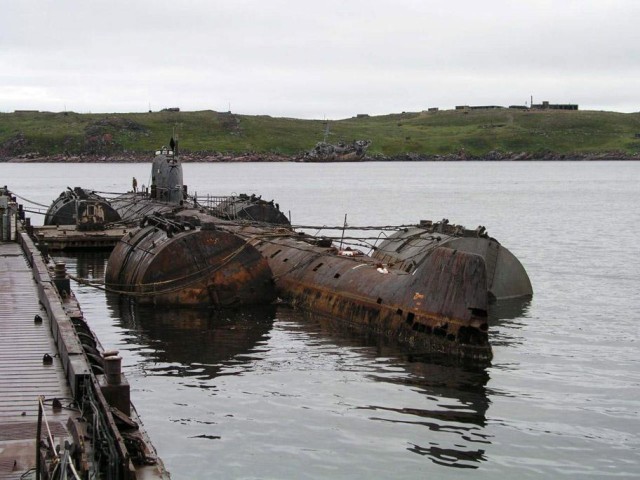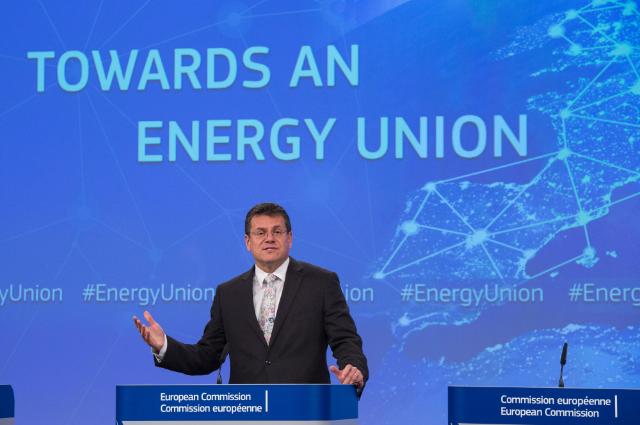
The system built to manage Russia’s nuclear legacy is crumbling, our new report shows
Our op-ed originally appeared in The Moscow Times. For more than three decades, Russia has been burdened with the remains of the Soviet ...
News

Publish date: February 16, 2016
News
In response to the package, Bellona President Frederic Hauge said that “what the EU has presented today tells us two things: That gas will be important for a while still, but not without carbon capture and storage. Unless Norway actually builds such technology, they need to stop their gas-crusade and place not just a part, but all of their attention on alternative energy sources, for instance the interconnections to be built between Norway and the UK and Germany.”
“It’s not the first time the EU is clear on investments in gas and LNG infrastructure risking fossil lock-in, if one doesn’t plan for CCS. This is determined already in the EU’s 2050 Energy Roadmap”, Hauge continued.
“When it comes to Norway, they continue talking about gas as a bridge, but it could just become a bridge to high future emissions,” Hauge concluded.
It is therefore good to see the LNG strategy addressing this risk, as it reads: Energy efficiency measures and lower carbon sources such as renewables are also crucial, and care should be taken with regard to investment in LNG or gas infrastructure to avoid the risk of technology lock-in or stranded assets in fossil fuel infrastructure.
The EU’s Vice-President for Energy Union Maros Sefocvic and Climate and Energy Commissioner Miguel Arias Cañete today presented the much awaited ‘energy security package’.
The EU’s energy security package presented in Brussels today comprises four pieces of legislation:
With these proposals the Commission seeks to:
The EU’s Climate and Energy Commissioner, Arias Cañete said in a speech last week that “It is no coincidence that we launch the Energy Security Package at this time. The developments in the international energy context and the post-Paris scenario are posing new challenges that need to be addressed without delay.”
Today the EU imports 53% of the energy it consumes and some countries, particularly in Eastern Europe, depend for their gas imports on one main supplier – Russia. Diversification of energy sources has therefore been a central driver of both the European Energy Security Strategy and the overarching Energy Union initiative.
Climate change has been the other driver. With the EU’s 2030 targets of at least 40% greenhouse gas emission reductions, at least 27 % renewable energy and at least 27 % energy efficiency, the package presented today, particularly regarding heating and cooling, is a step on the way to a low-carbon economy.

Our op-ed originally appeared in The Moscow Times. For more than three decades, Russia has been burdened with the remains of the Soviet ...

The United Nation’s COP30 global climate negotiations in Belém, Brazil ended this weekend with a watered-down resolution that failed to halt deforest...

For more than a week now — beginning September 23 — the Zaporizhzhia Nuclear Power Plant (ZNPP) has remained disconnected from Ukraine’s national pow...

Bellona has taken part in preparing the The World Nuclear Industry Status Report 2025 and will participate in the report’s global launch in Rome on September 22nd.